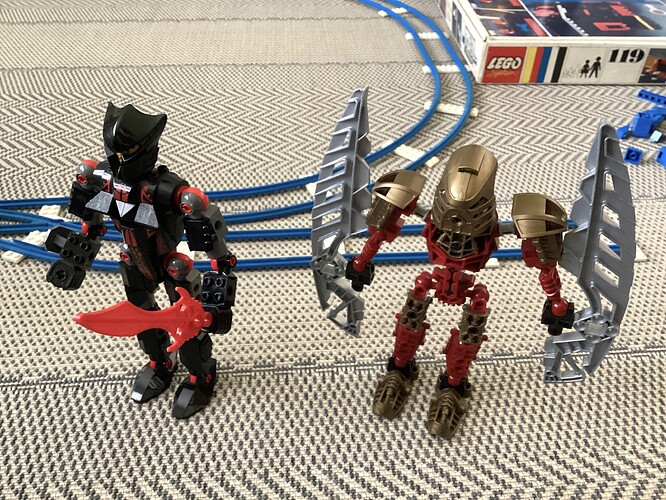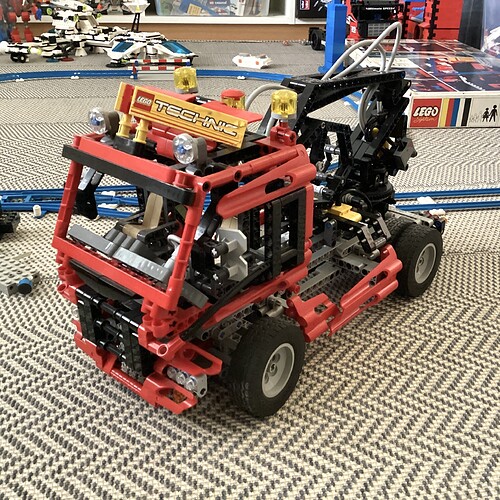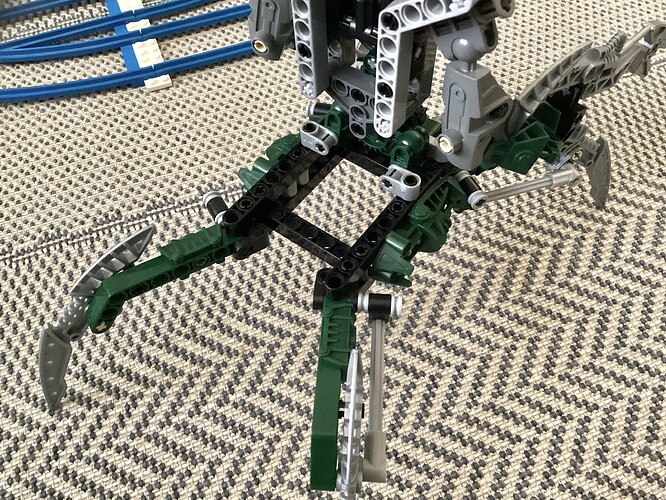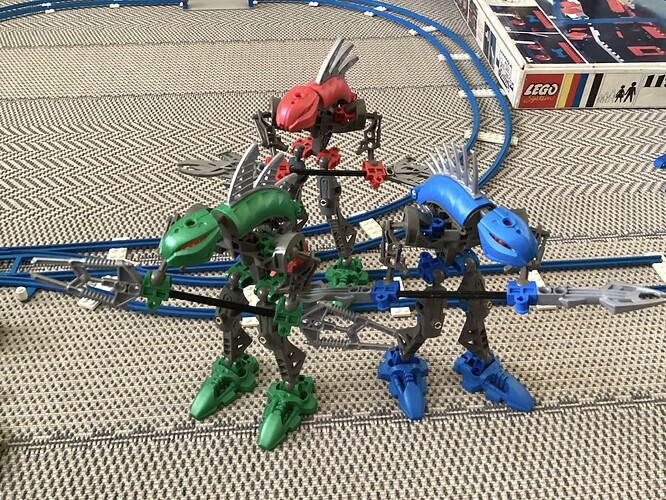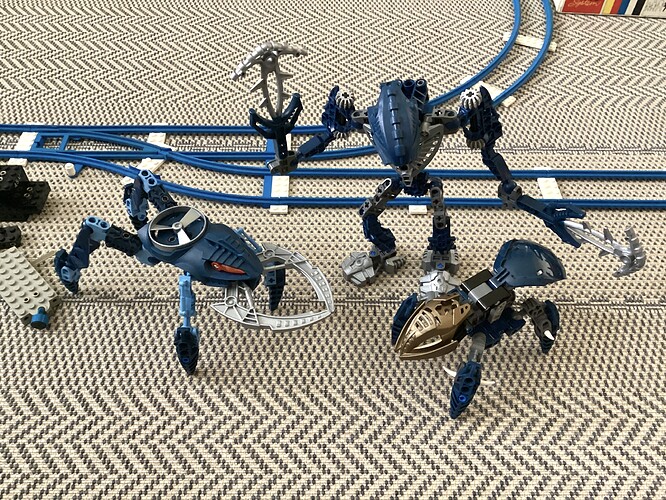This is something that has been bothering my mind for a long while. It’s finally time to write it down and ask you about it.
I’ve noticed that almost all of my Lego (not just Bionicle) sets from the year 2004 have a consistent problem where their parts are creaky and hard to (dis-)assemble. I’ll go into more detail to illustrate what I mean.
I have a total of 5 Vahki, 3 of which are currently assembled. All of their ball joints are quite hard to pop together and pull apart. When together, they are pretty stiff, a lot of them even make creaking noises when moved.
All of the Vahki were bought used, but from different sources, so it can’t be because of the way they were stored by the previous owner etc. The lots these came from also included several sets from other years, all of which are fine.
Now, here’s where it gets weird: my Lhikan is perfectly fine. Easy to put together and all the joints move smoothly. However, my Kikanalo (currently disassembled) from the same seller has the problem of creaky, stiff joints.
I mentioned that this problem is not limited to Bionicle, so let’s get to that. Pictured above is a Technic truck from 2004, a very nice model with a 3-in-1 rebuildable pneumatic crane. However, getting to rebuild the crane is actually rather though: the pins have a lot of friction and are difficult to pull apart. Axles and gears run smooth, but the pins do not. Even the frictionless pins don’t run easily, some of them are creaky!
The same applies to Nidhiki’s frame, which is primarily Technic based. Pins are hard to insert and pull out, the ones that are supposed to move are very stiff.
For direct comparison, here’s some of my Bionicle sets from 2003 and 2005. All of them are easy to put together and have smooth moving ball joints like they’re supposed to.
I don’t have any Technic sets from 2003, but several from 2005 and they’re fine as well.
I don’t have System sets from 2004, but some from 2003 and 2005, which don’t have any problems. The 2004 Vladek I pictured alongside Lhikan, whose armor is System based, doesn’t have any issues so I believe this problem was limited to Technic and Bionicle.
Now I want to know, have you ever noticed something similar? How do your 2004 sets feel? Is this a general issue, or have I just been unlucky with my sets from this year? Then again, all of the sets come from different sources/sellers, from which I also got other sets from different years which are fine. So it can’t really be a coincidence, can it?
I’d love to hear some of your thoughts and experiences on the matter.

